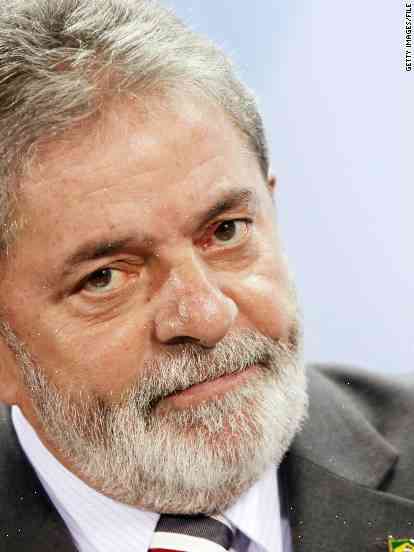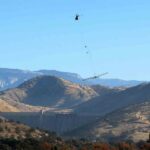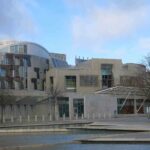Luiz Inacio Lula da Silva Fast Facts on the Economy and the Nation
Luiz Inacio Lula da Silva was elected president of Brazil in 2003.
The economic growth for the first decade of the Lula presidency was the second largest in the world, and as of 2006, Brazil is in the top ten of the world in terms of economic growth.
The Lula presidency saw the largest expansion in the number of Brazilians owning household appliances (up to 1.6 million) and the largest expansion in the number of Brazilian owned cars (up to 2.5 million).
The average price of a Brazilian house increased by 22.75%. The average worker salary increased by 25% and the average monthly income increased by 44%.
By 2002 the average annual per capita consumption increased by 39% to R$2,072. The poverty rate declined from 23% in 2003 to 8% in 2006. The percentage of families on US$500 per month increased from 10% to 50%, and the percentage of families on US$2,500 per month increased from 10% to 70%.
The poverty rate increased from 17.9% in 1998 to 21.5% in 2005. The real value per capita was $7,948.20 in 2005 (up from $6,566 in 2003), and the minimum weekly minimum wage was US$89.00 (up from US$73.00 in 2003).
Brazil was the 14th largest economy in the world, and the 8th largest in the Mercosur group. The GDP per capita in 2005 was $3,973.
By the end of the Lula presidency, the economic growth rate for Brazil was 2.5%, the GDP per capita was $7,948 and the poverty rate was 21.5%. In terms of the GDP growth per capita, Brazil ranked 8th in the world while it ranked 16th in the Mercosur group.
Since the election of President Lula da Silva, the unemployment rate in Brazil fell from 24.7% in 2005 to 16.4% in 2006. The average monthly income after tax in 2006 was R$1,133. The inflation rate declined to 9.7% in that same year.







